Mach 1 Speed Explained
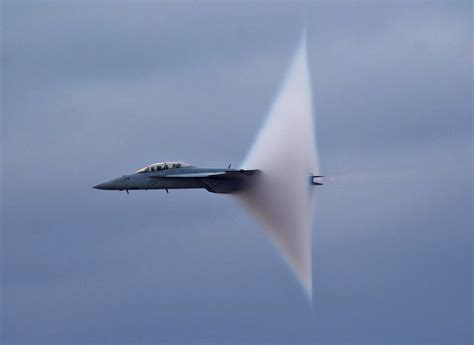
Introduction to Mach 1 Speed
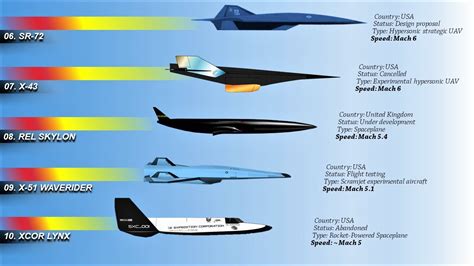
The term Mach 1 speed refers to the speed of sound, which is approximately 768 miles per hour (mph) or 1,236 kilometers per hour (km/h) at sea level in dry air at a temperature of 59 degrees Fahrenheit (15 degrees Celsius). This speed is a critical threshold in aerodynamics, as it marks the boundary between subsonic and supersonic flight. In this article, we will delve into the concept of Mach 1 speed, its significance, and the challenges associated with achieving and exceeding this speed.
Understanding the Speed of Sound

The speed of sound is not a fixed value, as it varies depending on the temperature, air pressure, and humidity of the surrounding environment. In general, the speed of sound increases with temperature and decreases with altitude. At higher elevations, the air is thinner, and the speed of sound is lower. For example, at an altitude of 30,000 feet (9,144 meters), the speed of sound is approximately 678 mph (1,091 km/h).
Significance of Mach 1 Speed

Mach 1 speed is a crucial milestone in aviation and aerospace engineering. As an object approaches the speed of sound, it encounters a significant increase in aerodynamic drag, which can lead to a substantial rise in temperature and vibration. When an object breaks the sound barrier, it must be able to withstand these intense forces to maintain its structural integrity. The concorde, a supersonic jet that was in service from 1976 to 2003, is a notable example of an aircraft that was designed to operate at speeds above Mach 1.
Challenges of Supersonic Flight
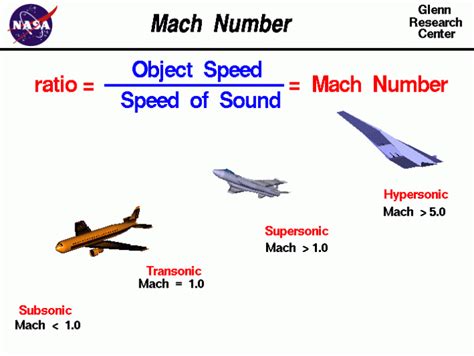
Supersonic flight poses several challenges, including: * Aerodynamic heating: As an object travels at supersonic speeds, it generates a significant amount of heat due to friction with the surrounding air. * Shock waves: When an object breaks the sound barrier, it creates a shock wave that can produce a sonic boom, which can be heard on the ground. * Stability and control: Supersonic flight requires careful management of the aircraft’s stability and control systems to maintain a stable trajectory. * Materials and structural integrity: Supersonic aircraft must be designed with materials that can withstand the intense forces and temperatures generated during supersonic flight.
Applications of Mach 1 Speed
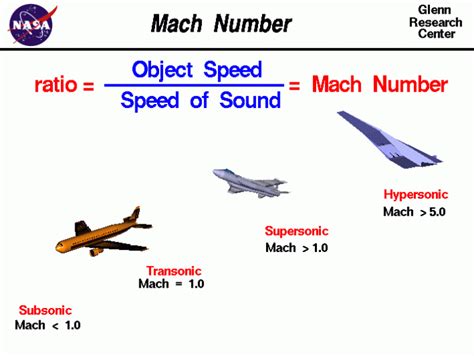
The concept of Mach 1 speed has numerous applications in various fields, including: * Aerospace engineering: Understanding the speed of sound is crucial for designing and developing supersonic aircraft, missiles, and spacecraft. * Aviation: Mach 1 speed is an essential factor in determining the performance and efficiency of aircraft. * Defense: Supersonic missiles and aircraft play a critical role in modern defense systems. * Research and development: Studying the behavior of objects at supersonic speeds helps scientists and engineers develop new materials, technologies, and designs.
🔍 Note: The study of Mach 1 speed and supersonic flight is an ongoing area of research, with scientists and engineers continually exploring new ways to overcome the challenges associated with high-speed flight.
Examples of Supersonic Aircraft

Several aircraft have been designed to operate at supersonic speeds, including: * Lockheed SR-71 Blackbird: A supersonic reconnaissance plane that can reach speeds above Mach 3.5. * North American X-15: A rocket-powered aircraft that can reach speeds above Mach 6. * Bell X-2: A supersonic research aircraft that can reach speeds above Mach 3.
| Aircraft | Top Speed (Mach) | Top Speed (mph) |
|---|---|---|
| Lockheed SR-71 Blackbird | 3.5 | 2,193 |
| North American X-15 | 6.0 | 4,520 |
| Bell X-2 | 3.0 | 2,094 |
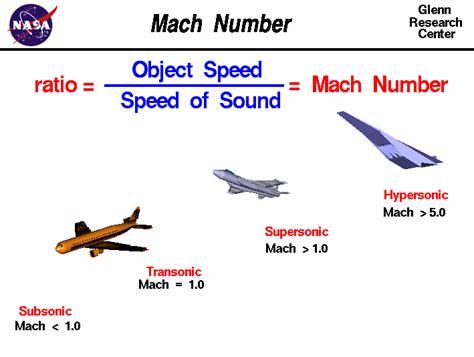
Future Developments
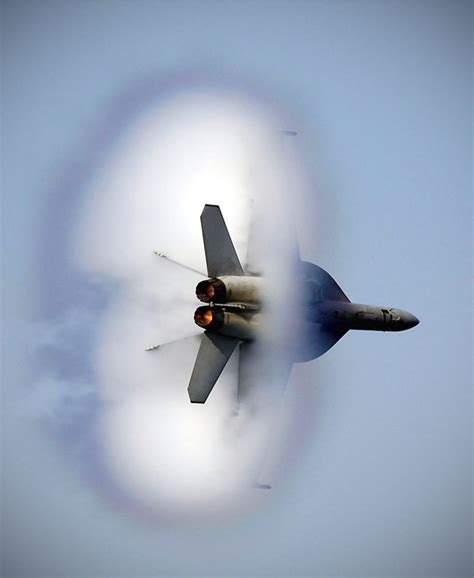
As technology continues to advance, we can expect to see new developments in supersonic flight, including: * Supersonic business jets: Several companies are working on designing supersonic business jets that can travel at speeds above Mach 1. * Hypersonic aircraft: Researchers are exploring the possibility of developing aircraft that can travel at speeds above Mach 5. * Spacecraft: The study of Mach 1 speed and supersonic flight is essential for developing spacecraft that can travel through the atmosphere and into space.
In summary, Mach 1 speed is a critical threshold in aerodynamics that marks the boundary between subsonic and supersonic flight. Understanding the significance and challenges of supersonic flight is essential for advancing our knowledge and capabilities in aerospace engineering and aviation. As research and development continue to push the boundaries of high-speed flight, we can expect to see new innovations and applications in the years to come.
What is the speed of sound at sea level?

+
The speed of sound at sea level is approximately 768 miles per hour (mph) or 1,236 kilometers per hour (km/h) in dry air at a temperature of 59 degrees Fahrenheit (15 degrees Celsius).
What are the challenges of supersonic flight?

+
Supersonic flight poses several challenges, including aerodynamic heating, shock waves, stability and control, and materials and structural integrity.
What are some examples of supersonic aircraft?

+
Examples of supersonic aircraft include the Lockheed SR-71 Blackbird, North American X-15, and Bell X-2.
Related Terms:
- Mach 10 speed
- Mach 3 speed
- 1 mach km h
- How fast is mach 2
- Mach speed
- Speed of light



